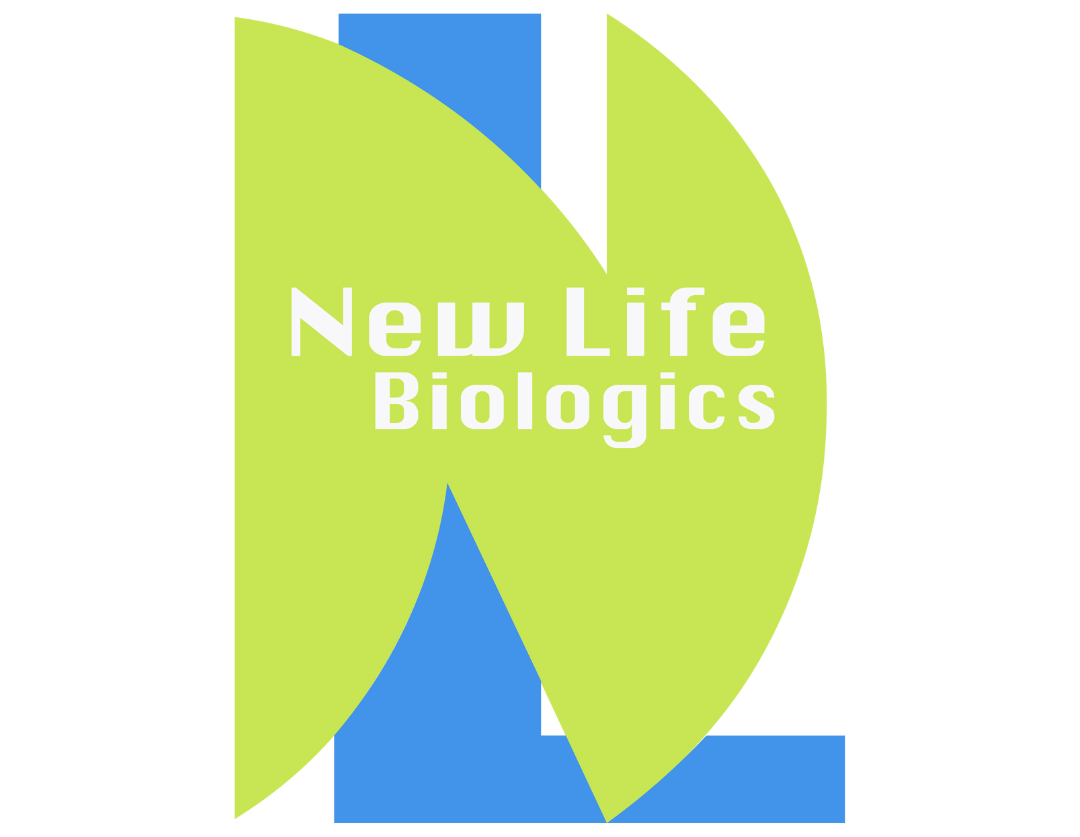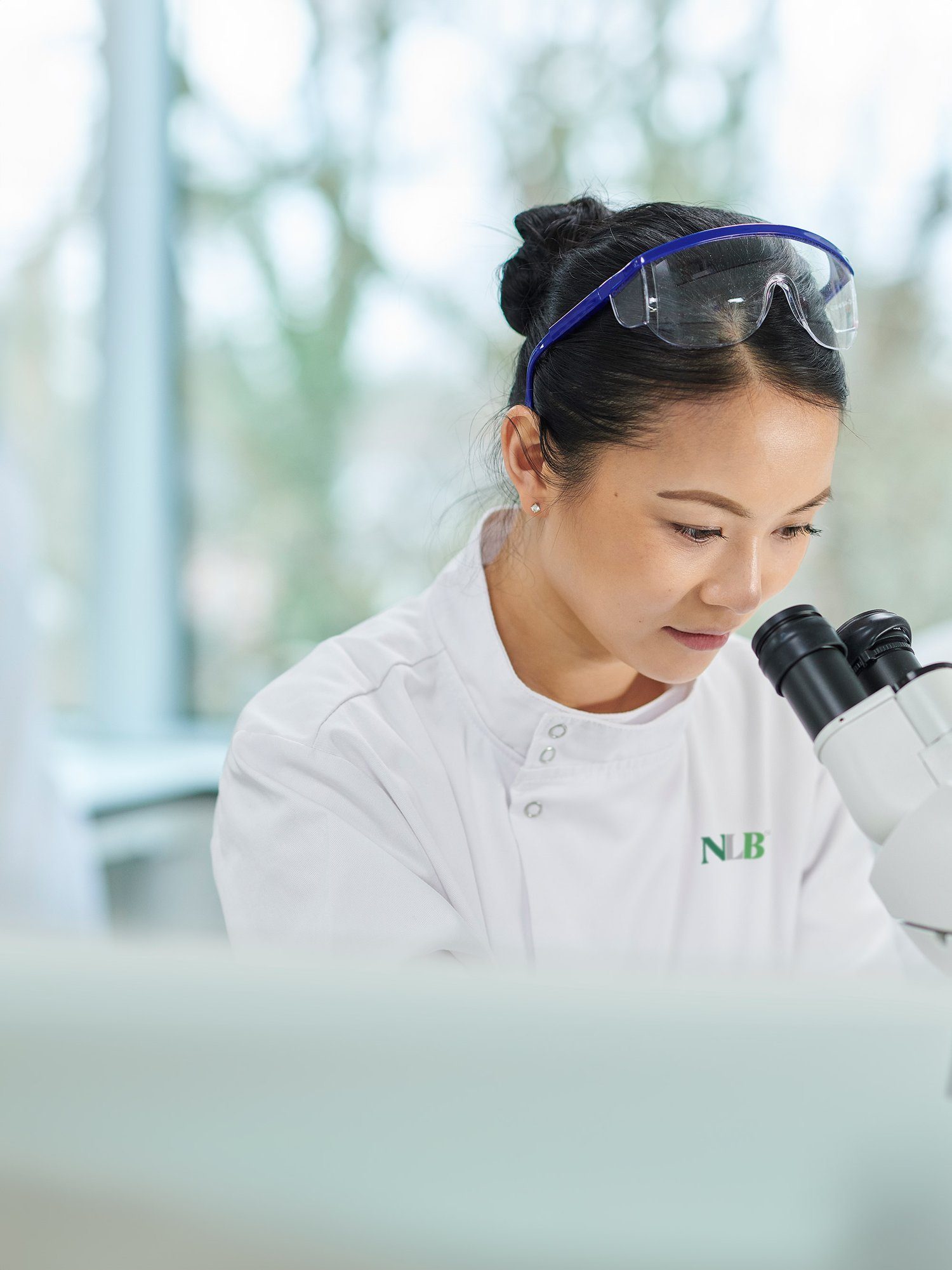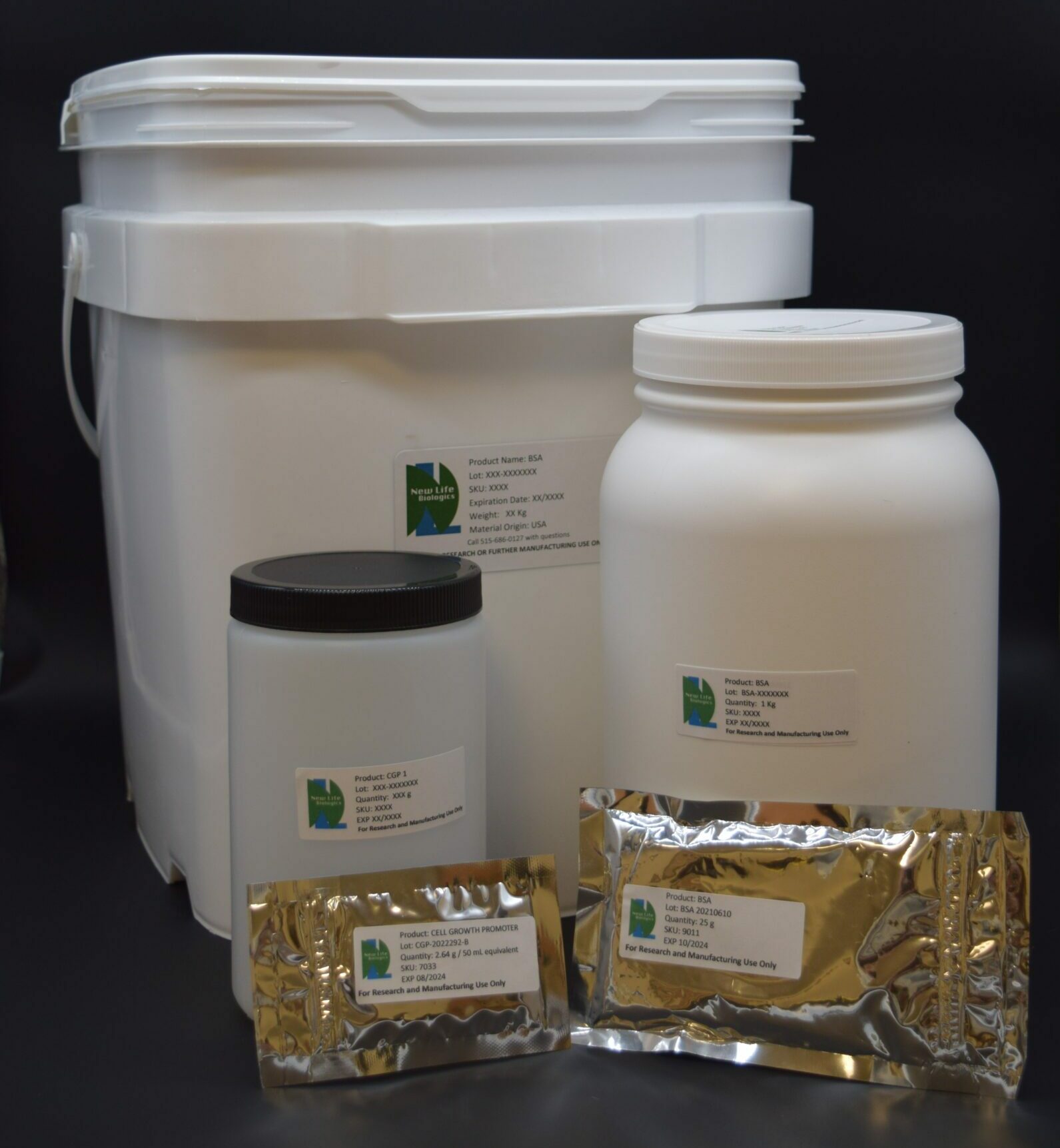Bovine Plasma Fractionation
What is Fractionation?
Plasma fractionation is the process of separating the various components of plasma into different fractions based on their physical and chemical properties. This process is essential for the production of a wide range of medical products, including blood clotting factors, immunoglobulins, and albumin.
The Process
Plasma proteins are the key components of plasma that are separated during plasma fractionation. The fractionation process is designed to isolate these plasma proteins based on their physical and chemical properties. The goal of fractionation is to extract specific plasma proteins for various medical and research applications.
Plasma Collection:
Plasma is obtained as a by product of the meat industry. The red and white blood cells are separated from the plasma through centrifugation.
Fractionation:
The plasma is then fractionated using a series of techniques, such as cold ethanol precipitation, chromatography, and filtration. These techniques separate plasma into various components based on their size, charge, and solubility.
Purification:
The individual components are further purified to ensure their purity and potency.
Formulation:
The purified components are formulated into the desired products, such as albumin, immunoglobulins, and clotting factors.
Virus Inactivation and Viral Inactivation in Relation to Plasma Fractionation
Virus inactivation is a critical step in plasma fractionation to ensure the safety of the final products. It involves the destruction of viruses that may be present in plasma. Viral inactivation is necessary for the safety of such products as it ensures that viruses are eliminated, preventing their transmission.
Here are some of the key roles of ABP in cell culture:
Relevance to Cell Culture
Plasma fractionation plays a critical role in the development of animal-derived products used in cell culture.
Plasma Fractionation and Serum:
Many of the components found in serum, such as albumin, immunoglobulins, and growth factors, can be derived from plasma. Plasma fractionation allows for the isolation and purification of these components, which can then be used to produce serum or serum-free media.
Benefits of Using Plasma-Derived Products in Cell Culture:
- Product availability: The broad availability of the product ensures sustainability
- Nutrient-rich: Plasma-derived products provide a rich source of nutrients and growth factors that are essential for cell growth.
- Supports cell attachment and spreading: Animal derived products contain proteins that promote cell attachment to the culture surface and facilitate cell spreading.
FAQs
To isolate specific components of blood plasma for medical and research purposes.
By separating it from whole blood through centrifugation or other methods.
- Precipitation: Using salts or other agents to precipitate specific proteins.
- Chromatography: Separating proteins based on size, charge, or affinity to a specific molecule.
- Filtration: Removing impurities and contaminants.



